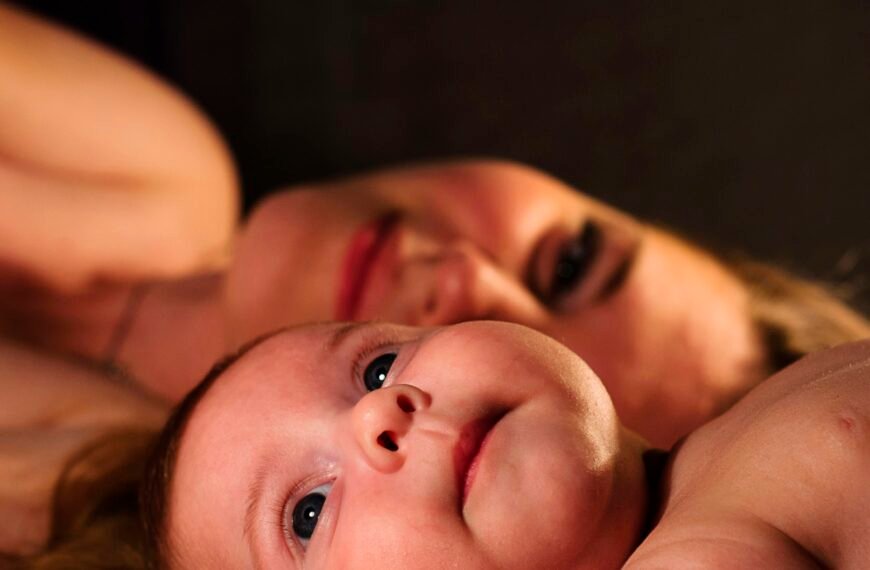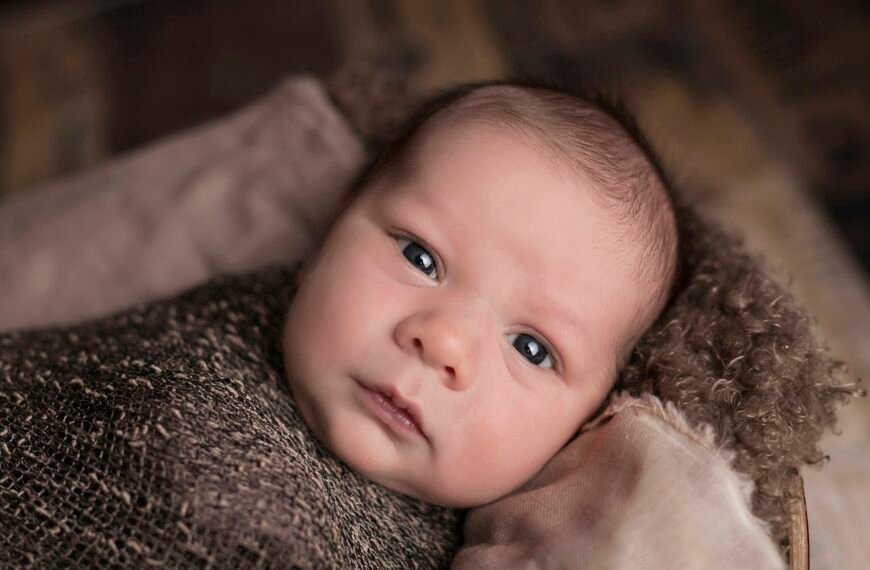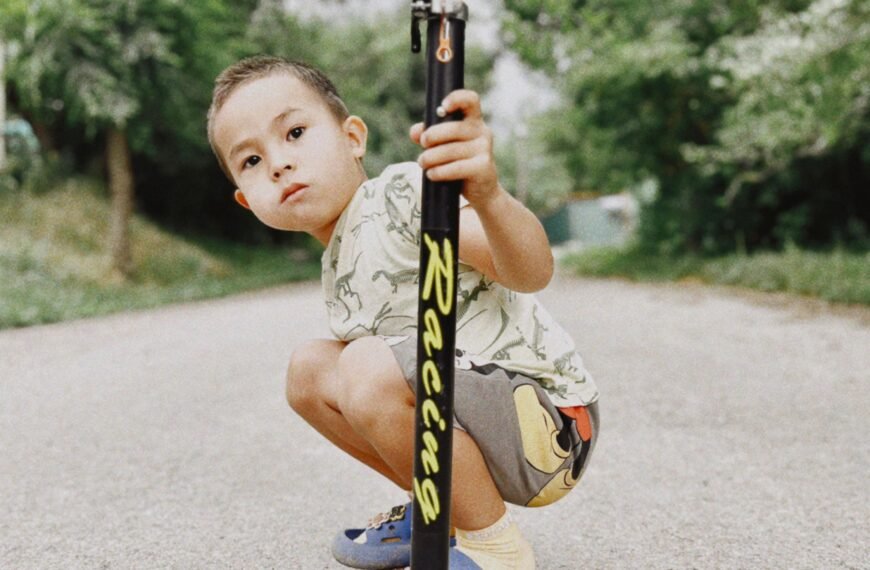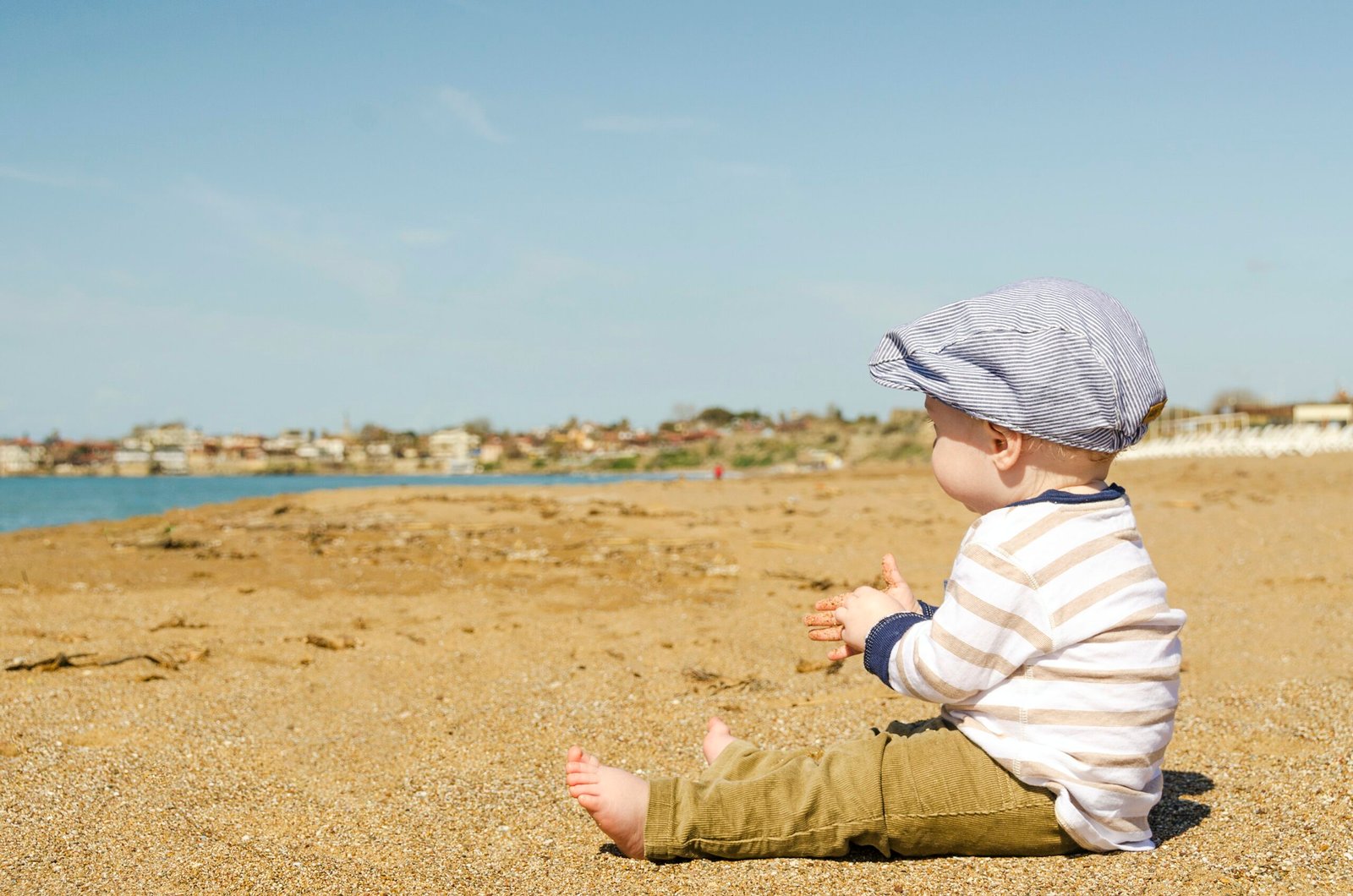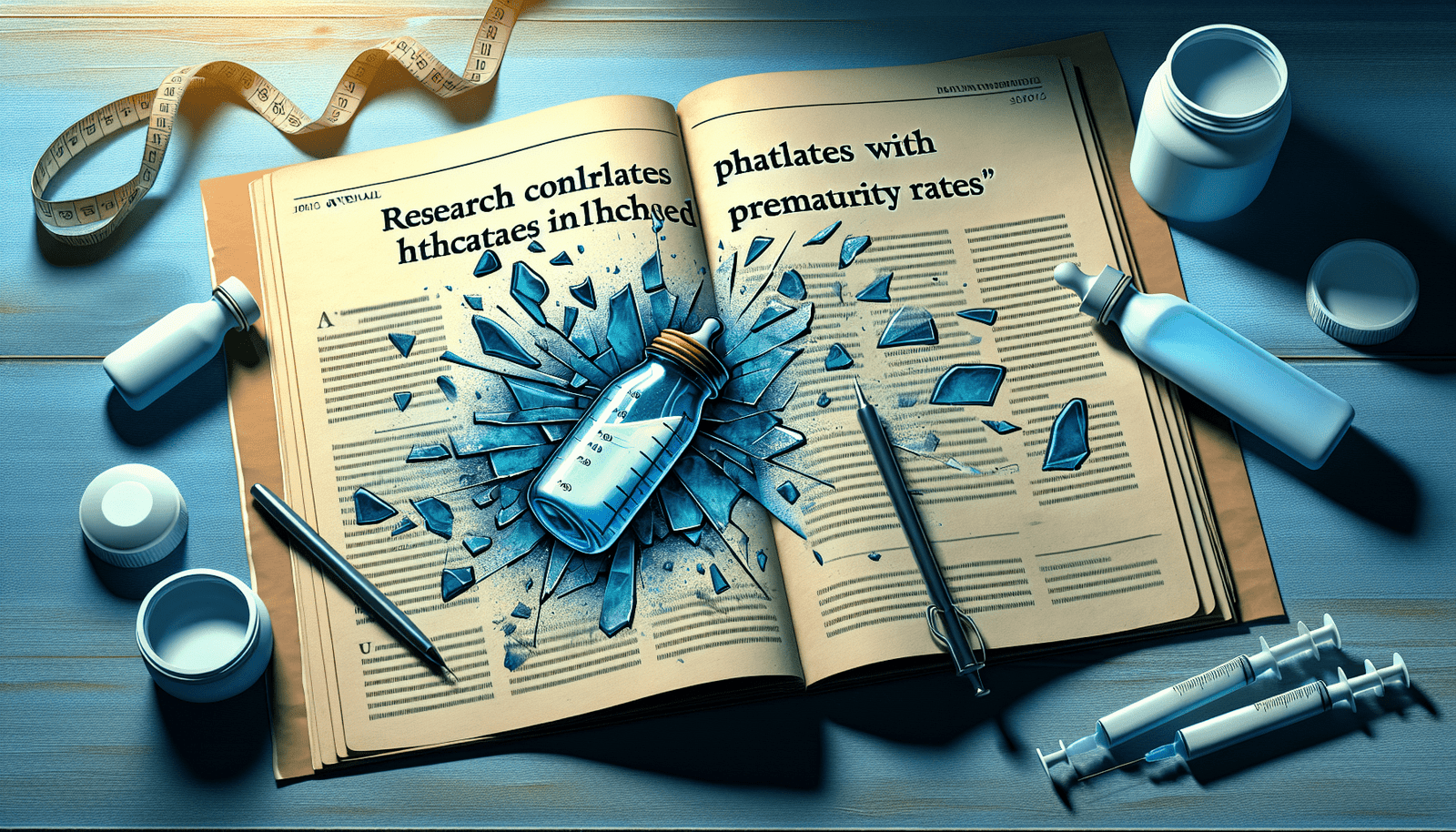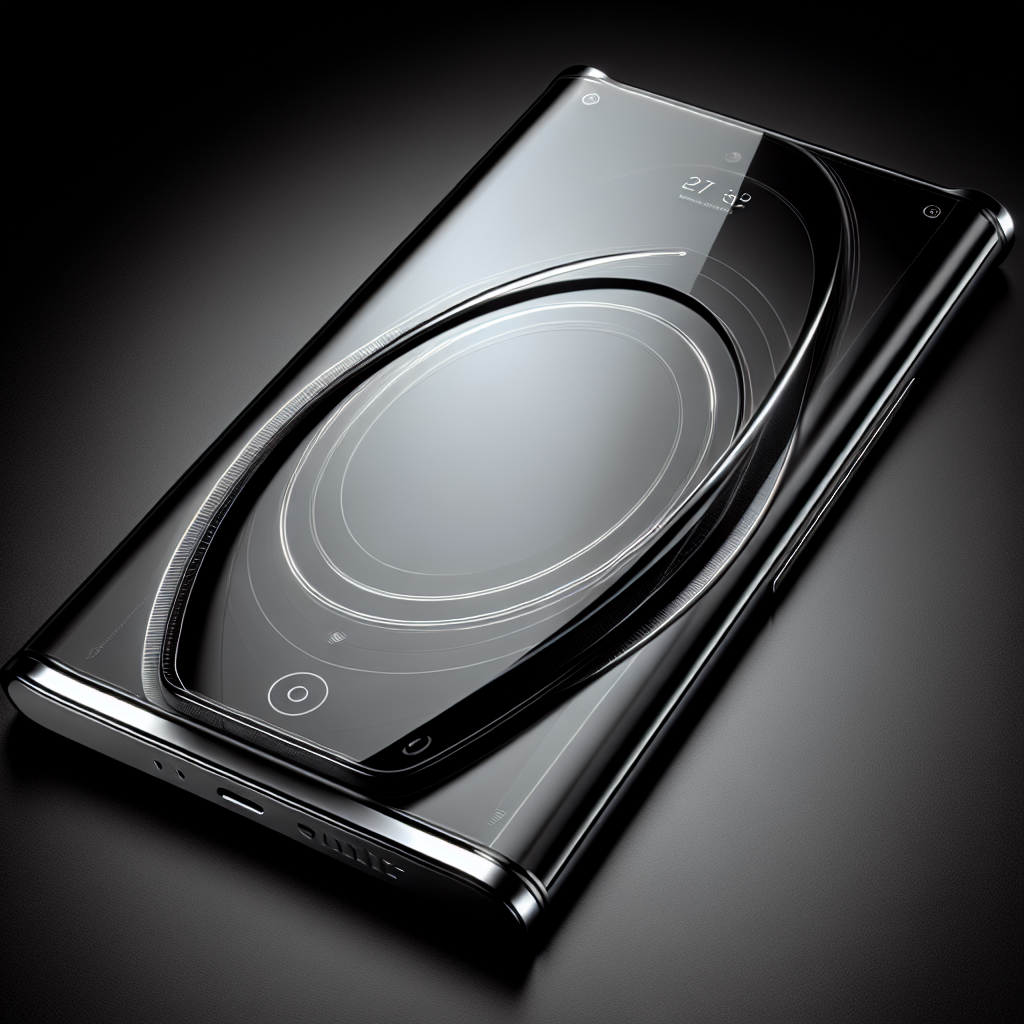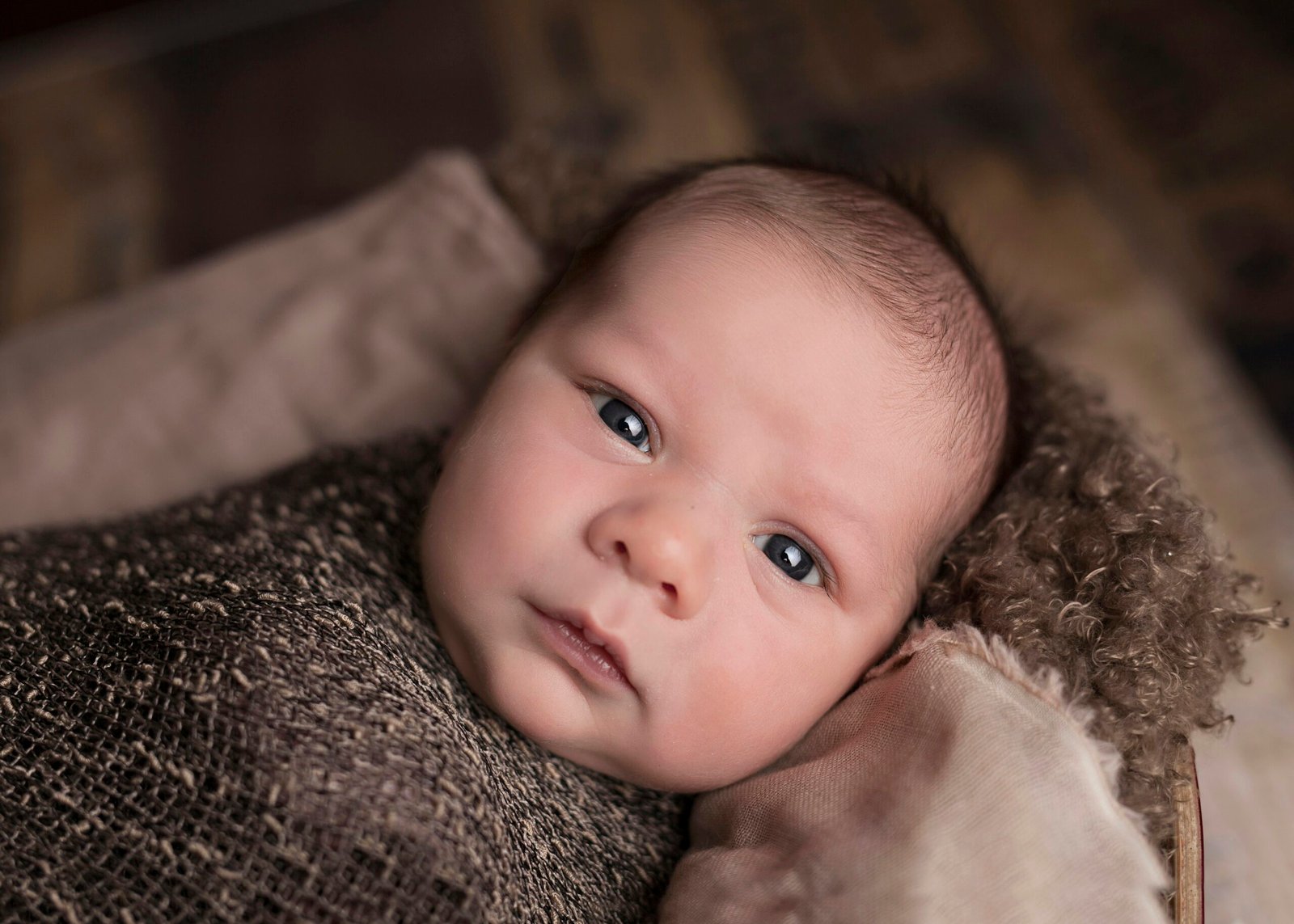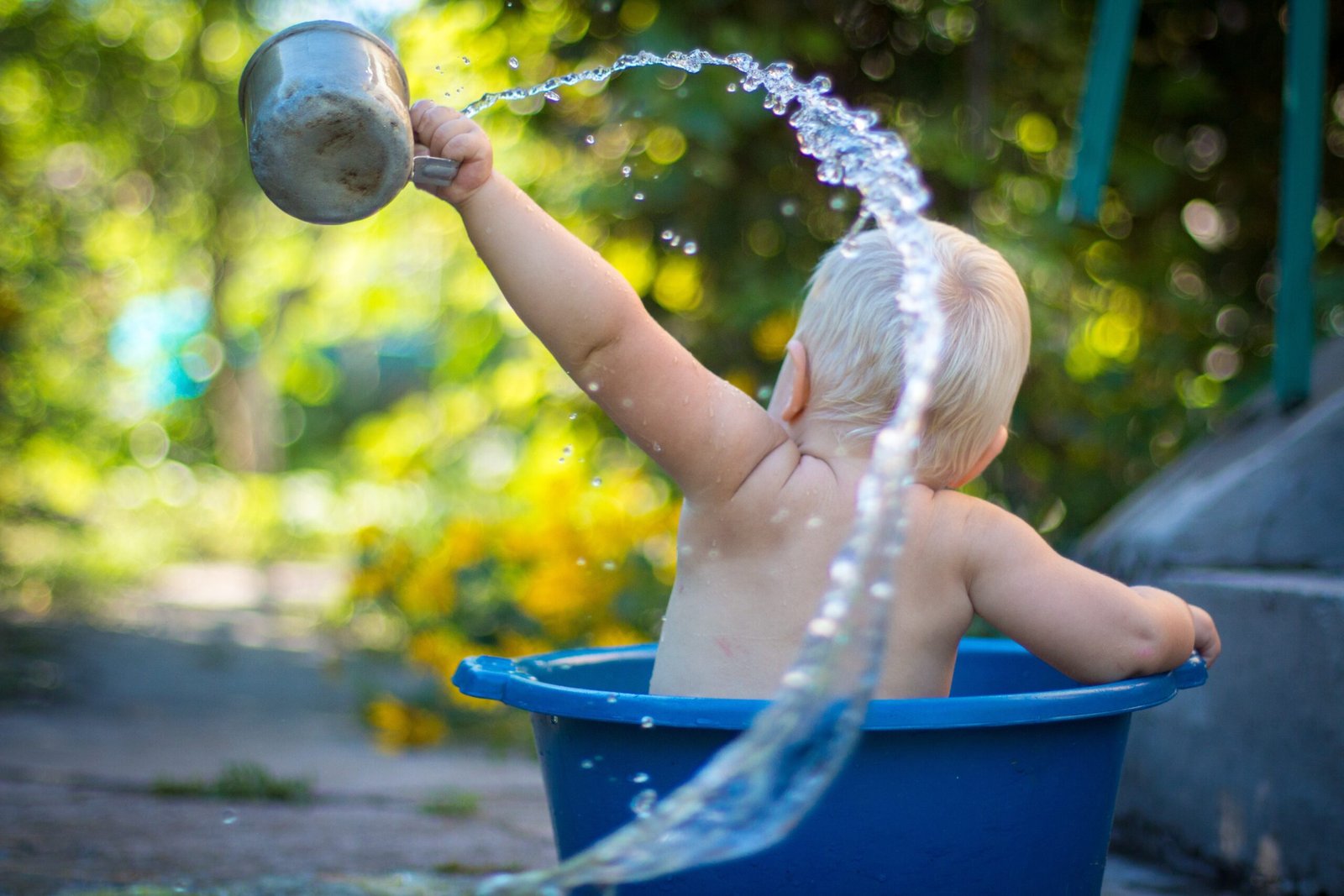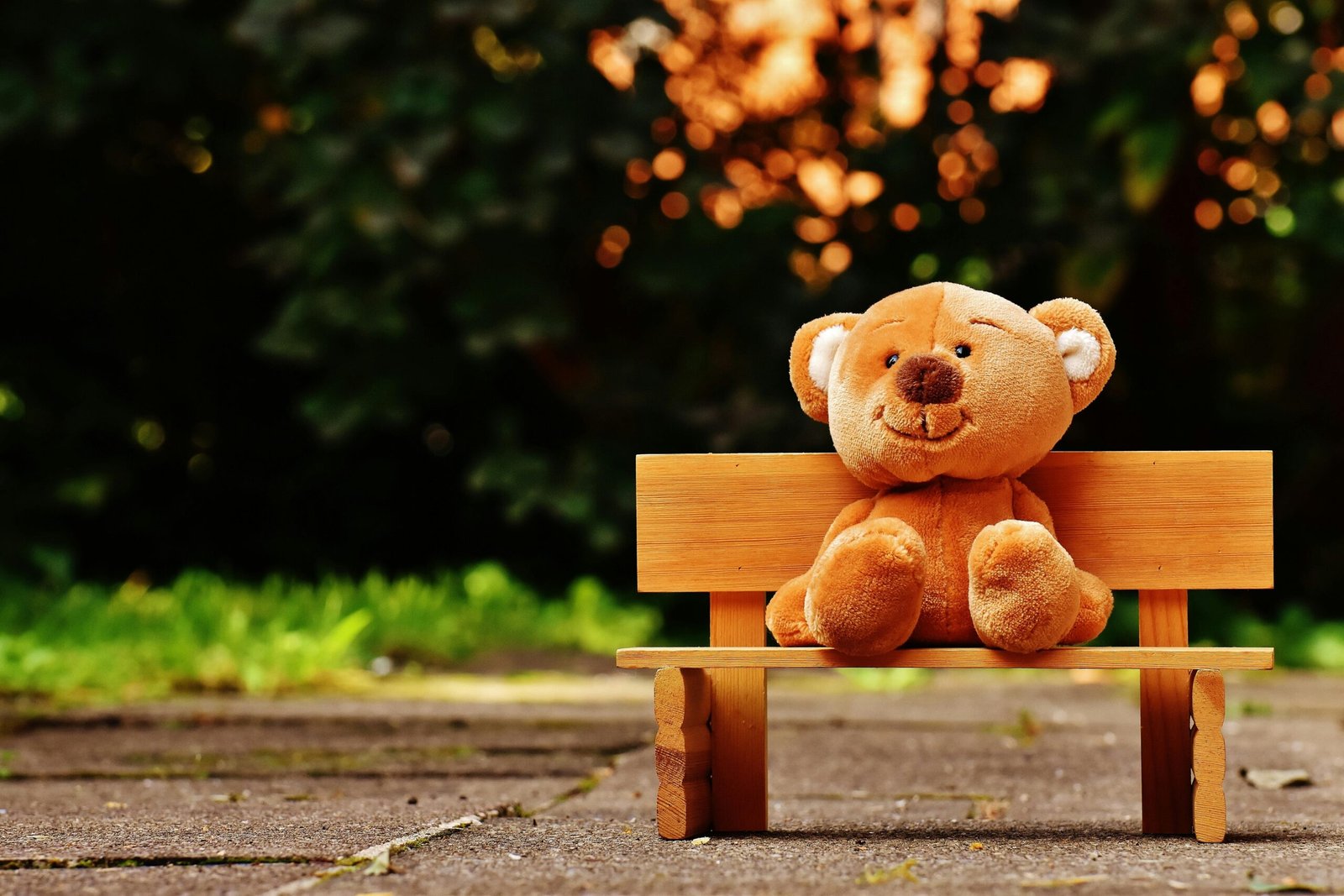So your little one is turning 2, and you’re wondering what toys to get rid of to make room for the new ones. As your child grows and develops, their interests and abilities change, and it’s important to keep their toy collection age-appropriate and engaging. In this article, we’ll guide you through some key toys that you may consider replacing as your baby enters their second year, creating space for new toys that will foster their development and keep them entertained.

Check Baby Toys Guide & Review
Toys with Small Parts
Choking Hazard
When it comes to toys with small parts, one of the main concerns is the potential choking hazard they pose to young children. Toddlers have a natural curiosity and tendency to put objects in their mouths, which can be extremely dangerous if the toy has small parts that could easily become lodged in their airways. It is important to carefully inspect toys and remove any small parts that are not age-appropriate for your child.
Developmentally Inappropriate
Another aspect to consider when it comes to toys with small parts is whether they are developmentally appropriate for your child. At the age of two, children are still refining their fine motor skills and hand-eye coordination. Toys with small parts may frustrate them or hinder their development as they struggle to manipulate and grasp these tiny pieces. It is important to choose toys that align with your child’s current abilities and encourage their overall growth and development.
Stuffed Animals
Potential for Allergies
While stuffed animals may seem harmless and cuddly, they can potentially trigger allergies in some children. Dust mites, pet dander, and other allergens can accumulate on the surface of stuffed animals, causing discomfort and allergic reactions in sensitive individuals. If your child displays symptoms such as sneezing, itching, or a runny nose when in contact with stuffed animals, it may be a good idea to limit their exposure to these toys or opt for hypoallergenic alternatives.
Dust Accumulation
Over time, stuffed animals tend to accumulate dust and dirt, especially if they are not regularly cleaned. This can pose a challenge, particularly for children with respiratory issues or asthma. The accumulation of dust can exacerbate these conditions and potentially impact their health. It is important to regularly clean stuffed animals by either washing them or using appropriate cleaning methods to reduce the risk of dust buildup.
Noisy Toys
Loud Sounds Impacting Hearing
Noisy toys can be entertaining and captivating for children, but it’s crucial to be mindful of the potential impact they can have on their hearing. Babies and toddlers have delicate ears that are more susceptible to damage from loud noises. Prolonged exposure to loud sounds can lead to hearing loss or other hearing-related issues later in life. Consider choosing toys with adjustable volume settings, or limit the amount of time your child spends with noisy toys to protect their hearing.
Annoying for Parents
Let’s be honest – noisy toys can sometimes be a headache for parents. The constant buzzing, beeping, or singing can become overwhelming, especially when you’re already dealing with a noisy household or trying to maintain a peaceful environment. It’s okay to consider limiting the number of noisy toys your child has or setting boundaries on when and where they can play with them. This way, you can ensure a more enjoyable experience for both your child and yourself.
Toys with Sharp Edges
Safety Concerns
Toys with sharp edges are a safety hazard, especially for toddlers who are still learning to navigate their surroundings. Accidents can happen, and children can easily stumble or fall onto toys with sharp edges, resulting in cuts, bruises, or even more severe injuries. It is important to carefully inspect toys for any sharp edges before allowing your child to play with them. If you come across any toys with sharp edges, it’s best to remove them from your child’s play area and replace them with safer alternatives.
Potential for Injury
The potential for injury with toys that have sharp edges is not limited to only direct contact. Some toys may have protruding or exposed parts that can snag on clothing or cause injuries from unexpected impacts. Always be vigilant and assess toys for potential hazards to ensure your child’s safety during playtime.

Battery-Operated Toys
Battery Acid Leakage
Battery-operated toys add an exciting element to play, but they also come with potential risks. Batteries can leak acid, posing a danger if a child comes into contact with it. It is important to regularly inspect the battery compartments in toys, ensuring there are no signs of leakage or corrosion. If you do notice any potential issues, take precautions by promptly removing the batteries and cleaning the affected area thoroughly.
Environmental Impact
Battery-operated toys can contribute to environmental concerns due to the disposal of batteries. Batteries contain harmful chemicals that can contaminate the environment if not properly disposed of. Consider utilizing rechargeable battery options or exploring toy alternatives that do not rely on batteries to minimize the environmental impact.
Toys with Long Strings or Cords
Strangulation Hazard
Toys with long strings or cords have the potential to become a strangulation hazard for young children. Babies and toddlers may accidentally wrap the string or cord around their necks, posing a serious risk. To ensure the safety of your child, it is essential to keep toys with long strings or cords out of their reach and supervise playtime to prevent any accidents.
Safety Precautions
If your child receives a toy with a long string or cord, it is crucial to take appropriate safety precautions. Shorten or remove the string, ensuring it is no longer a potential hazard. Additionally, educate your child on the dangers of playing with strings and cords, emphasizing the importance of not wrapping them around their necks or bodies.

Toys with Toxic Materials
Chemical Exposure Risks
Toxic materials in toys can expose children to harmful chemicals, which can have both short-term and long-term health consequences. It is essential to be wary of toys made from materials that may contain toxins such as lead, phthalates, or BPA. When purchasing toys for your child, opt for those that are labeled as non-toxic and adhere to safety regulations.
Health Concerns
Exposure to toxic materials can lead to various health issues, including skin irritations, respiratory problems, or even more severe conditions. Young children, with their still-developing immune systems, are particularly vulnerable to the harmful effects of these chemicals. Carefully read labels, research product safety, and choose toys manufactured by reputable brands to minimize the risk of exposing your child to toxic materials.
Toys with Outdated Safety Standards
Unsafe Design
Toys that do not meet current safety standards may have designs that pose potential dangers to children. Whether it is sharp edges, small parts, or unstable structures, outdated toys may not provide the necessary levels of safety required for your child. Take the time to research and ensure that the toys you provide your child meet the latest safety standards, offering peace of mind and ensuring their well-being during play.
Lack of Appropriate Warnings
Toys with outdated safety standards may also lack appropriate warnings or labels to alert caregivers of potential hazards. This lack of information can increase the risk of accidents or injuries. When choosing toys for your child, make sure they are accompanied by clear and comprehensive warning labels, providing you with the necessary information to ensure safe play.
Toys with Broken or Missing Parts
Safety Risks
Toys with broken or missing parts can pose significant safety risks to children. Loose pieces, sharp edges, or compromised structures can result in accidents or injuries during play. Regularly inspect toys and promptly remove any with broken or missing parts from your child’s play area to protect them from potential harm.
Decreased Play Value
Toys with broken or missing parts may not provide the same level of play value as they did when first purchased. These damaged toys may frustrate your child or fail to offer the intended interactive experience. Consider replacing broken toys with new ones that are safe, functional, and engaging to ensure your child’s enjoyment and the accompanying developmental benefits.
Baby Toys No Longer Age-Appropriate
Stimulation and Learning Needs
As children grow, their stimulation and learning needs evolve. Toys that were once suitable for a baby may no longer challenge or engage a two-year-old. It is important to reassess the toys in your child’s collection to ensure they align with their current stage of development. Look for toys that promote problem-solving, creativity, and fine motor skills as your child progresses.
Encouraging Development
Age-appropriate toys play a crucial role in a child’s development. By providing toys that align with their current abilities, you can encourage their cognitive, physical, and social-emotional growth. Look for toys that offer age-appropriate challenges, encourage imagination, and foster curiosity to support your child’s ongoing development and learning journey.
In conclusion, understanding the potential hazards and limitations of certain toys is crucial when choosing appropriate toys for your two-year-old. By being aware of choking hazards, allergens, noise levels, sharp edges, battery risks, strangulation hazards, toxic materials, outdated safety standards, broken or missing parts, and age-appropriate needs, you can create a safer and more enjoyable play environment for your child. Prioritizing their safety and developmental needs will ensure that their playtime remains a positive and beneficial experience.








